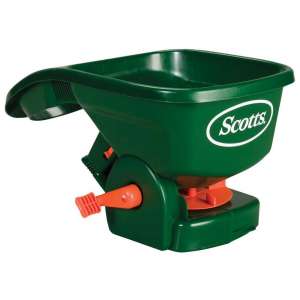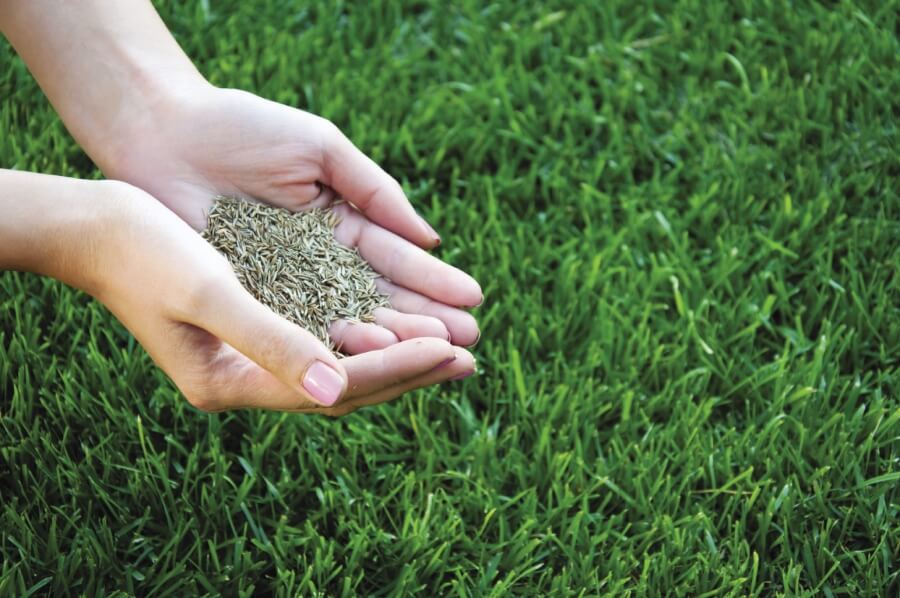Overseeding Your Lawn
Overseeding Lawns
One practice any homeowner should consider for the health of their lawn is overseeding; the practice of seeding grass into an already established lawn. But how to overseed will depend on your lawn’s condition. Both lawns in poor condition and healthy lawns can benefit from overseeding in different ways.
Poor Lawn Conditions
If your lawn is looking a bit patchy and thin, overseeding can be a great way to encourage new growth and thicken your turf.
That said, if your lawn is suffering because of grubs, poor drainage, or other conditions, it’s important to treat these issues first. They are the primary cause of damage, and overseeding won’t have the desired long-lasting effects if there are other issues plaguing your lawn. Such issues may include lack of sunlight in certain areas, for example.
How to Overseed a Poor Lawn
Begin by mowing your lawn to a height of 1 ½ to 2 inches so that the seed can reach the soil better. Aeration and raking can help loosen the soil as well to ensure the best conditions for seed germination. Spread the seed by hand or using a hand spreader, instead of an overseeder.
Ideally, you want to spread at least 1 pound of grass seed per 1000 square feet of lawn. Seed bags often come with recommended amounts or you can find a calculator online. Afterward, rake the lawn again to help the seed reach the soil. Then, water lightly once or twice a day to keep the soil moist, but not squishy or oversaturated.

How to Overseed a Healthy Lawn
A healthy lawn can benefit from overseeding by helping keep the grass thick. Healthy lawns don’t need to be overseeded every year unless they are heavily used (kids and pets running around all summer on them, parties, etc.).
The process is similar to overseeding a poor lawn. Mow a bit shorter, aerate, and spread the seed. The one major difference is that less seed is necessary. After seeding, though, watering is still necessary to help with germination.
When to overseed
Here in Iowa, late summer or early fall (mid-August through September) is the best time to overseed. That’s because the soil is still warm but temperatures tend to be less extreme. If you have additional questions on how to properly overseed, we’re happy to answer them for you.

